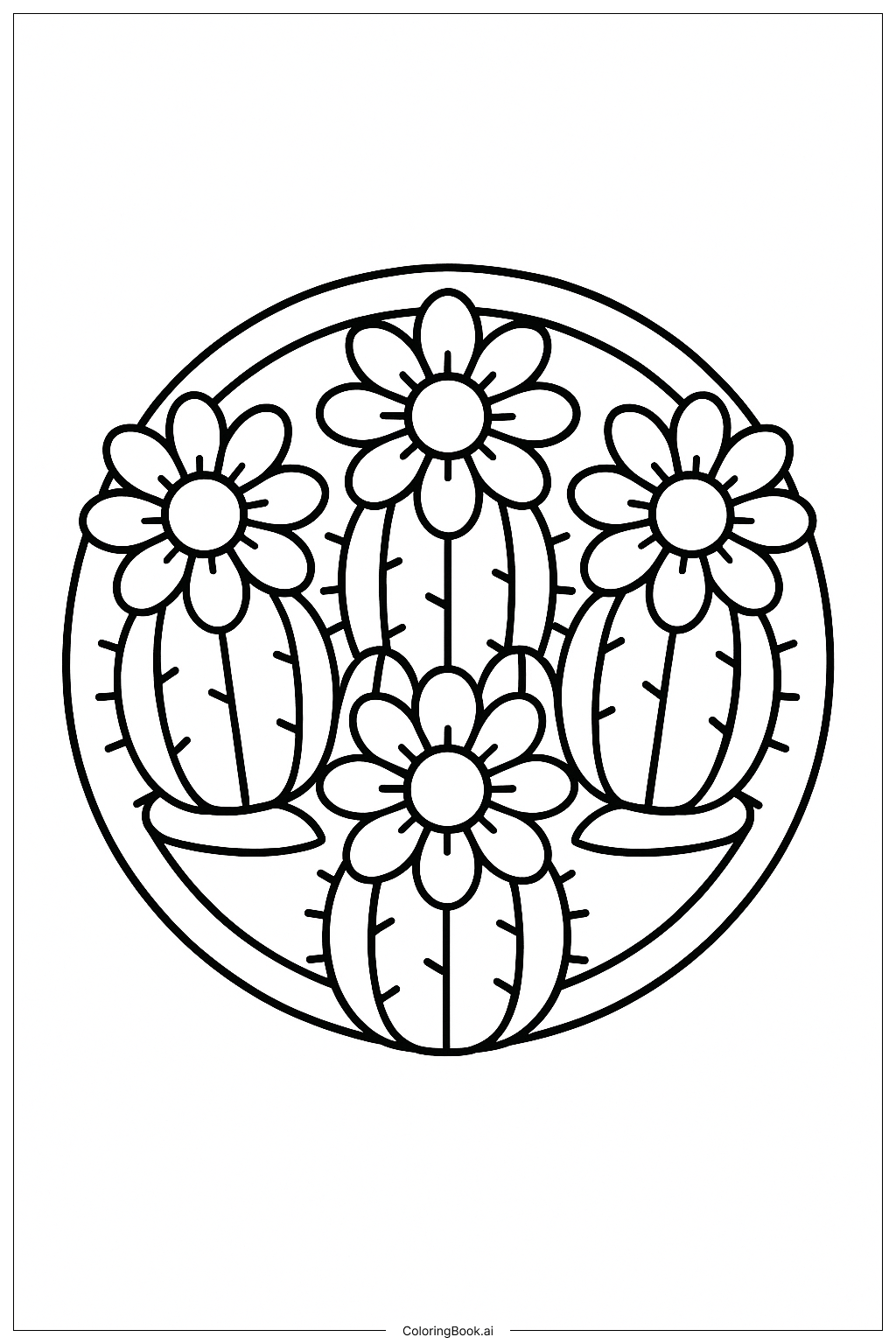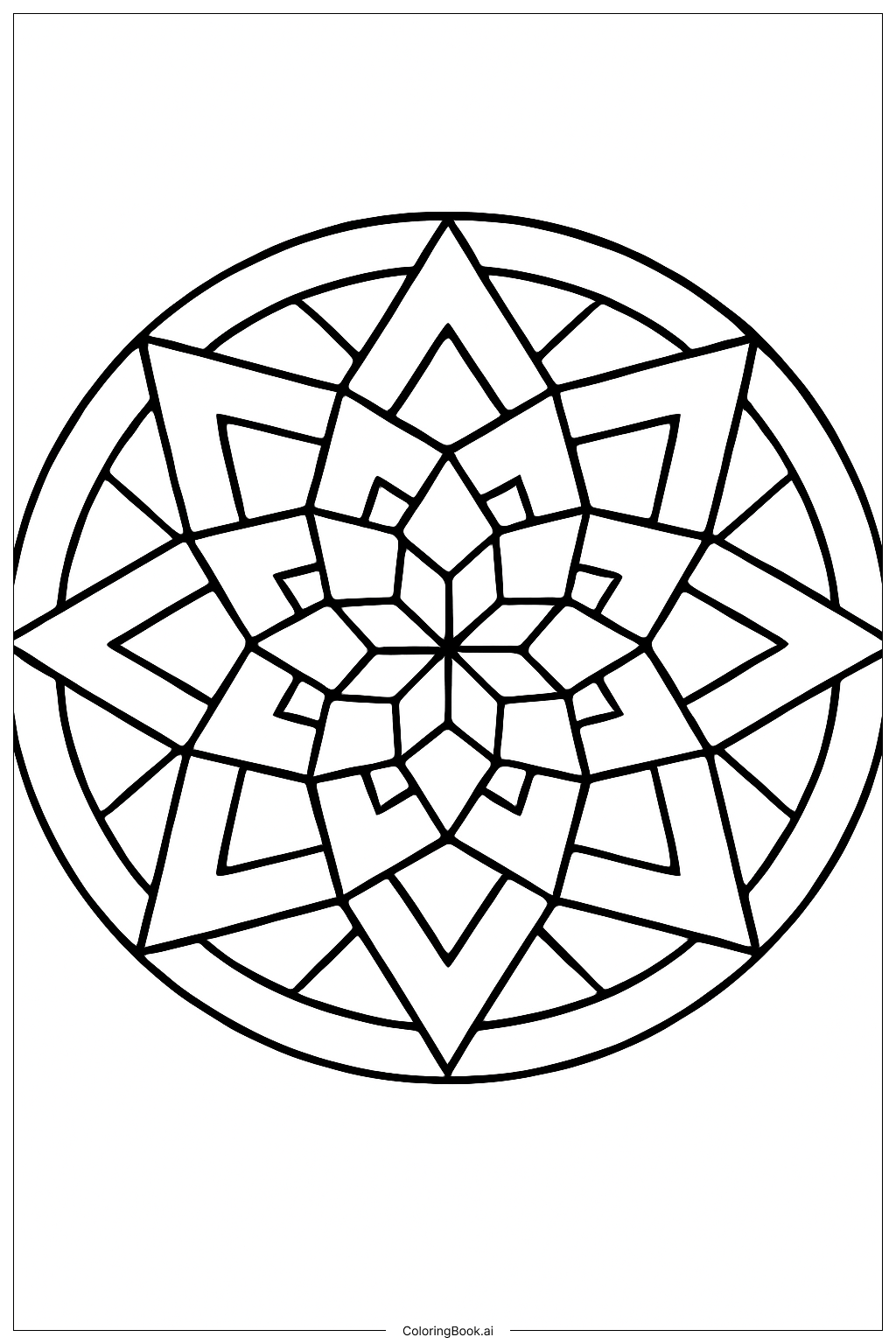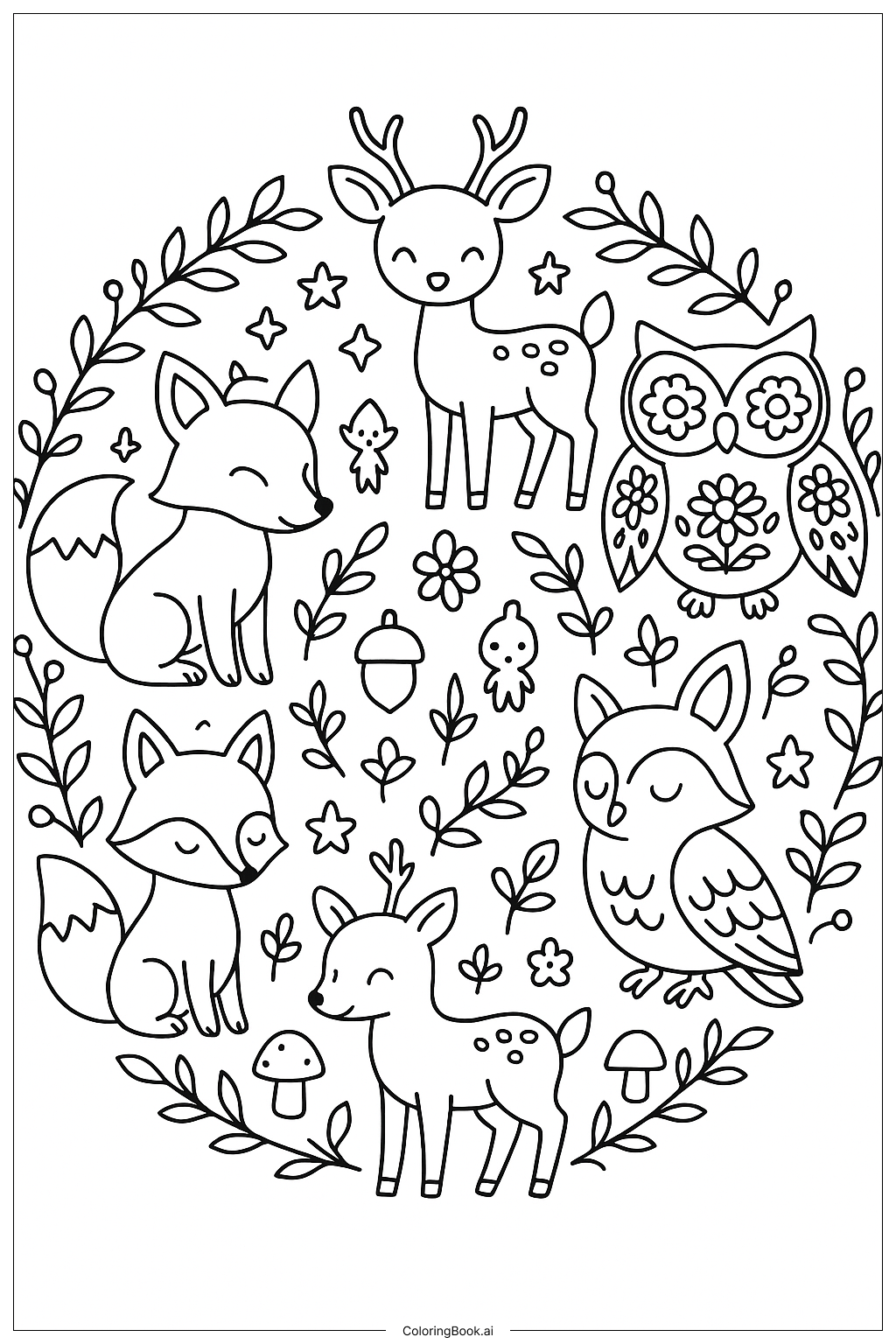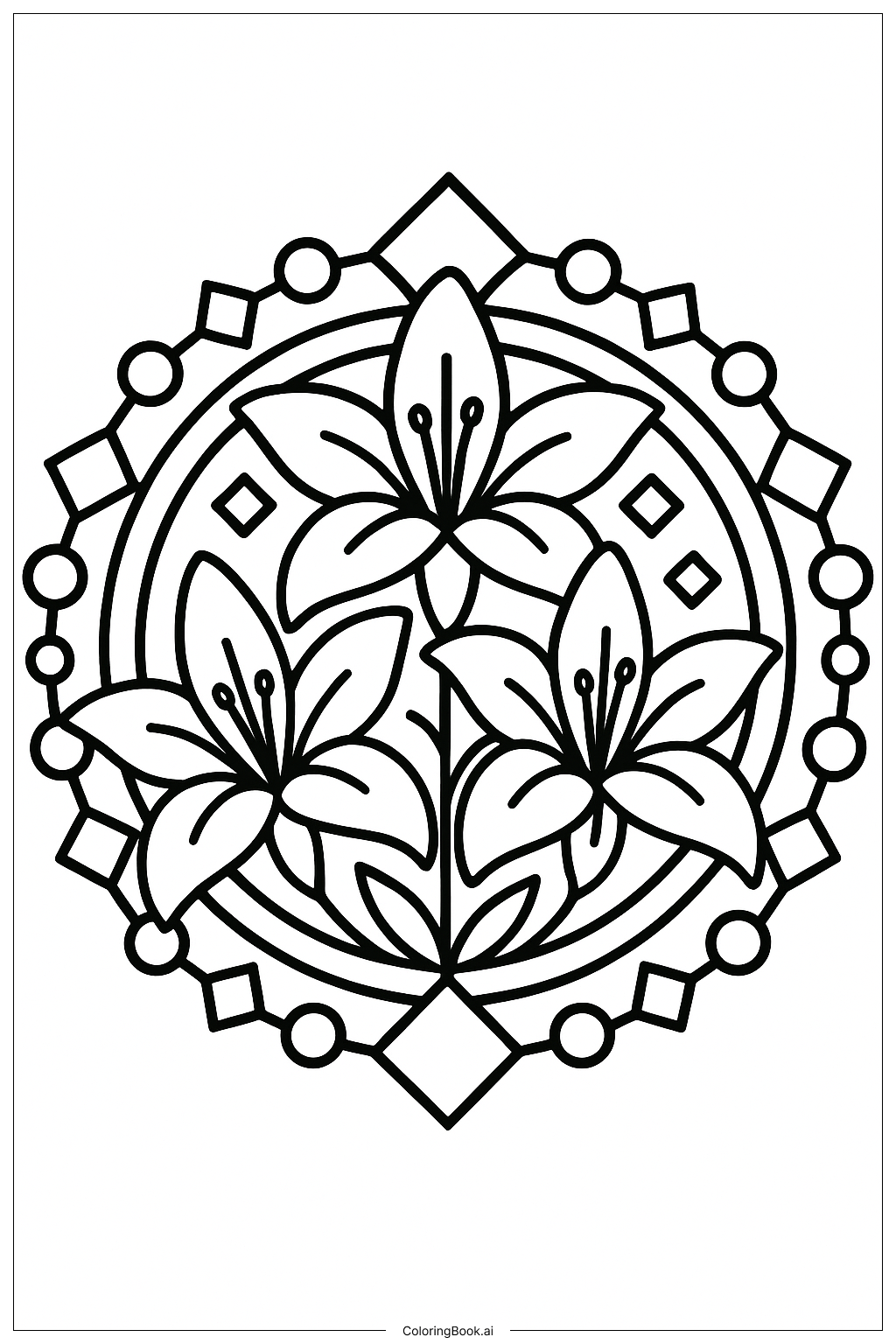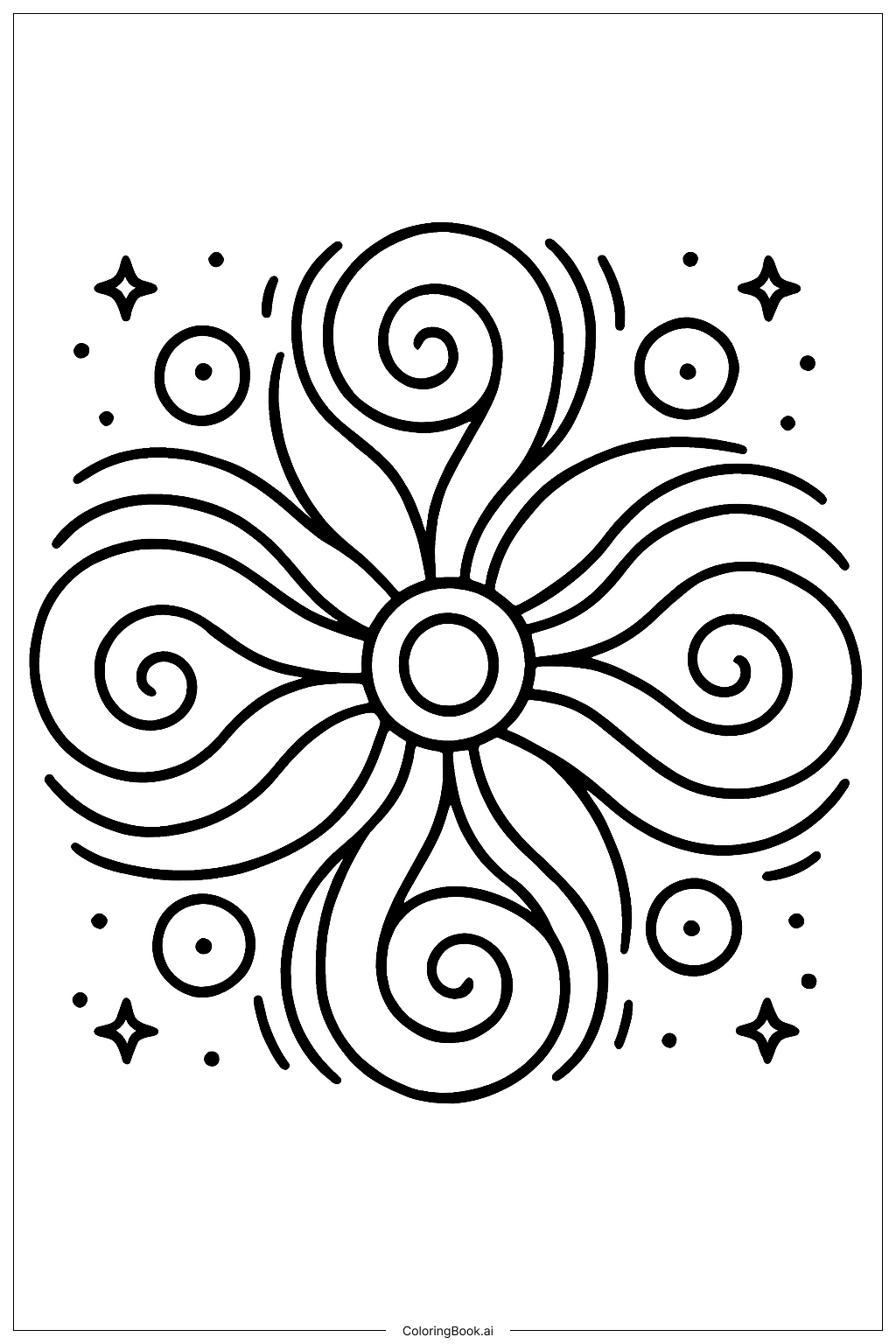Coloring tips: How to color Mandala of Blooming Desert Cacti coloring page well?
Use green shades for the cacti to make them look natural. You can mix light and dark greens to show shading and depth. For the flowers, try bright colors like red, yellow, or pink to make them stand out. Color the cactus spikes with a darker green or brown. Use earth tones such as light browns or beiges for the bases under the cacti. The circle frame can be colored in a pleasant complementing color, like turquoise or sky blue, to reflect the desert sky. Feel free to add subtle patterns or gradients to make the mandala lively and interesting.
Coloring challenges: Which parts are difficult to color and need attention for Mandala of Blooming Desert Cacti coloring page?
1. Small spaces between the cactus spikes need careful coloring to avoid going outside the lines.
2. Maintaining symmetry in coloring the flowers and cacti evenly can be challenging but important for a balanced look.
3. Shading to show the roundness of the cactus green bodies requires attention to light and dark tones.
4. Coloring the flower petals with smooth and even color can be difficult as the petals are close together.
5. Choosing the right contrast colors for flowers and cacti to make the colors pop without clashing may need careful thought.
Benefits of coloring books: Advantages of drawing Mandala of Blooming Desert Cacti coloring page
Coloring this mandala helps improve fine motor skills as you carefully fill small shapes. It encourages creativity with choosing natural and bright colors for desert plants. The repetitive patterns promote focus and relaxation for children. It also teaches about desert plants and how they bloom with beautiful flowers. Overall, it is a fun way to explore nature and art while developing coloring skills.
